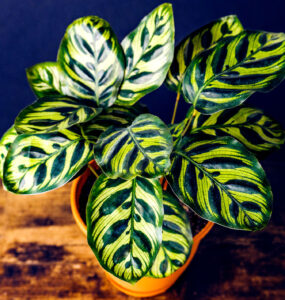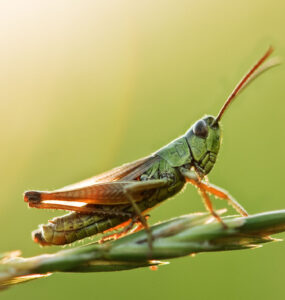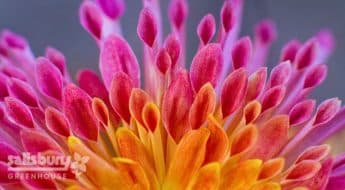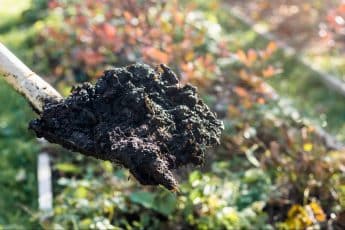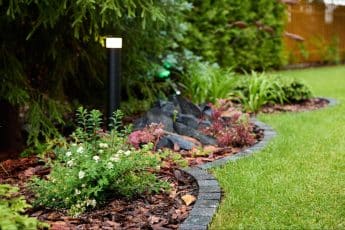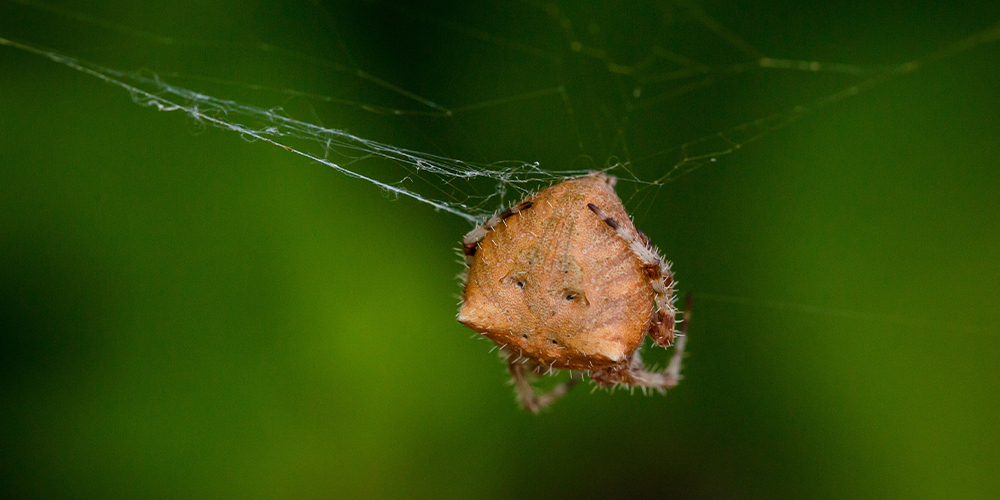
Spiders are much maligned creatures, but they’re critically important to our gardens, and the cat-faced spider is one of the best. These spiders are arguably quite cute, with two little bumps on their abdomen that resemble cat ears, and color patterns that look like a cat face, hence the name. Spiders are some of the best beneficial bugs to have in your garden.
The scientific name for cat-faced spiders is Araneus gemmoides. Sometimes they’re also called jewel spiders. They belong to the orb weaver family of spiders, all of which eat a mind-blowing amount of common garden pests. Cat-faced spiders are found all across North America, helping balance the bug populations.
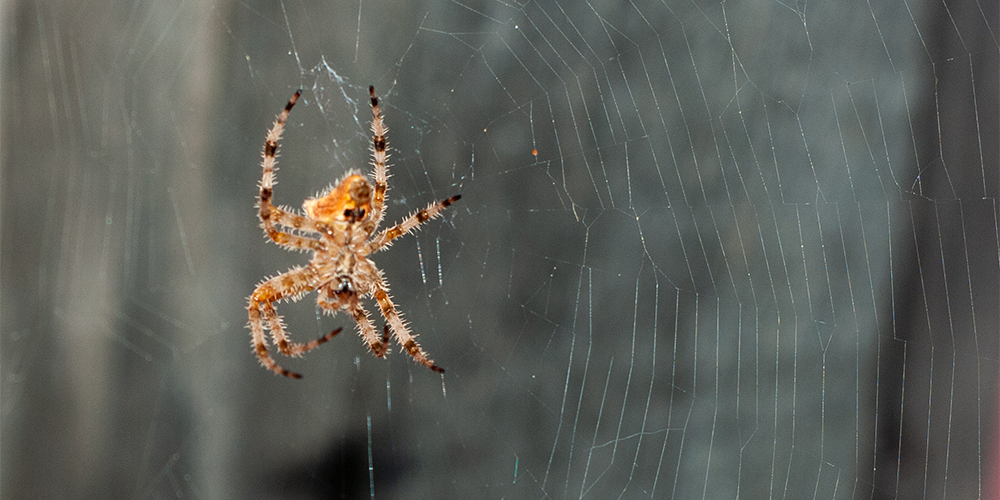
Spiders Are Hard-Working Introverts
Cat-faced spiders are completely harmless to humans. They’re pretty small, usually about between .5 to 2 cm across, females being larger than males. They vary from light brown to a darker caramelly brown. Cat-faced spiders are honestly a gardener’s best friend, or they should be anyway. If you come across these spiders in your garden, they’ll likely be hiding somewhere safe, 1-2 feet above the ground, with their head facing towards the ground. They’ll be waiting for insects to come into their webs.
During the day, you may see these spiders on their webs, working on repairs. They may also move to build new webs fairly frequently if their previous web gets badly damaged. In late summer, cat-faced spiders will start mating, and the females will start looking for safe and dry places to create their egg sac. You may find them near porch lights and windows on buildings. These higher traffic areas tend to have more flying insects and often have safe places for egg sacs.
If the summer is long and we don’t have an early frost, some females may even produce two egg sacs. All the adult cat-faced spiders die in the fall, and the eggs sit dormant in their sac, waiting for spring.
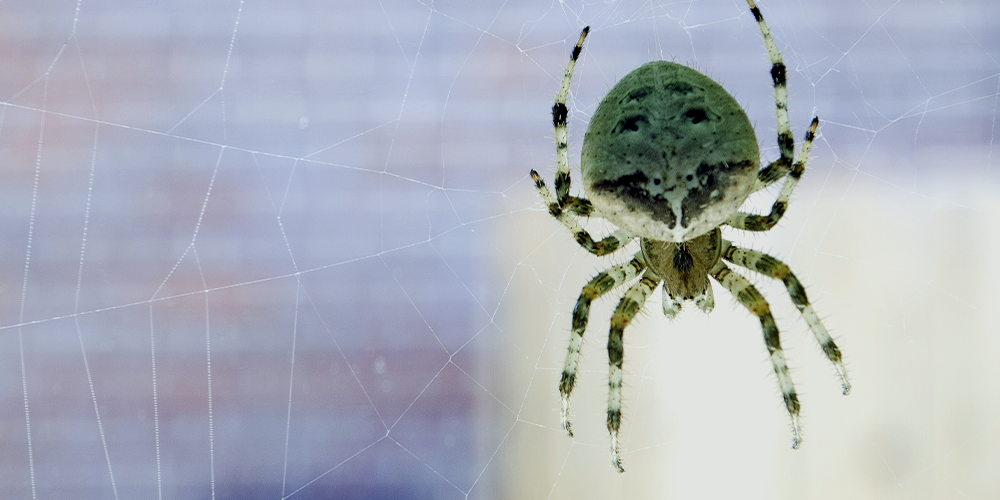
Extreme Sports Thrills for Baby Spiders
The baby cat-faced spiders, called spiderlings, will hatch and head out into the world in the spring. They’ll find an edge nearby where they can catch the breeze and then create a sort of spider-silk kite, which carries them off to a new location in your yard.
Cat-faced spiders are pretty introverted and prefer to be left alone, which I think many of us can understand. If you try to pick them up, they may nip you, but they rarely break the skin, and even if they do, their venom is harmless to humans. So if you find these friends in your garden, just leave them alone and let them get on with their essential work of ridding your garden of those pesky pests.
As reasonably small garden spiders, cat-faced spiders do have many natural predators. The weirdest predator might just be the black and yellow mud dauber wasp. These wasps will sting cat-faced spiders and then use them as part of their construction materials while building their mud nests, which is pretty rude if you ask me.
Alberta Spiders Are Almost All Harmless
We’re lucky enough in Alberta that most of our spiders here are harmless to us. In Alberta, you’re a much more significant danger to spiders than the spiders are to you. I’m not necessarily suggesting that we should all become card-carrying members of the arachnid lovers club. Still, we should definitely appreciate all the little helpers we have in the garden that are working hard to control those annoying plant pests, like aphids.
So, next time you see a spider in your garden, don’t rush to kill it. Respect its space and maybe even thank it for helping keep the balance among your plants.

